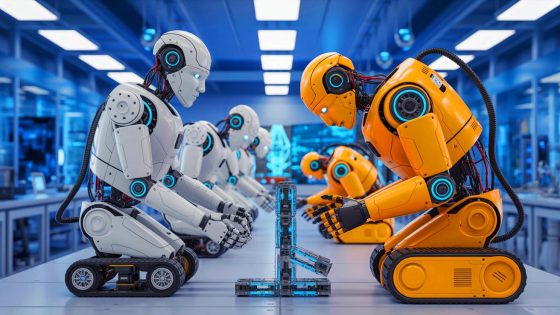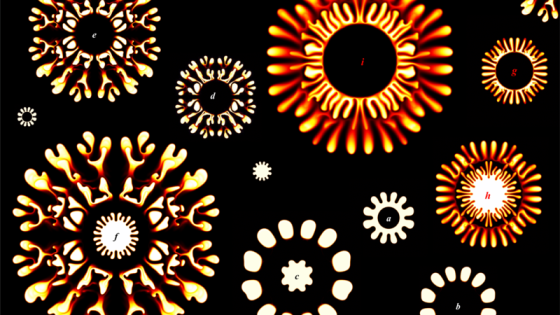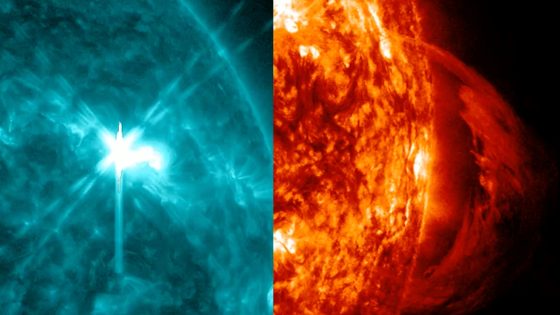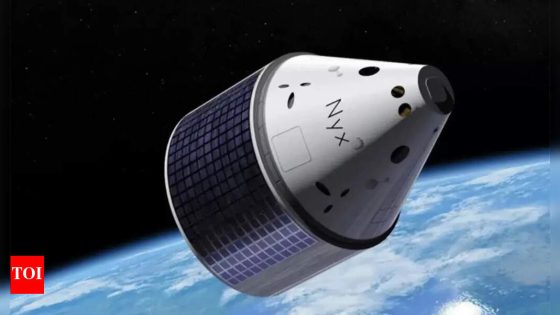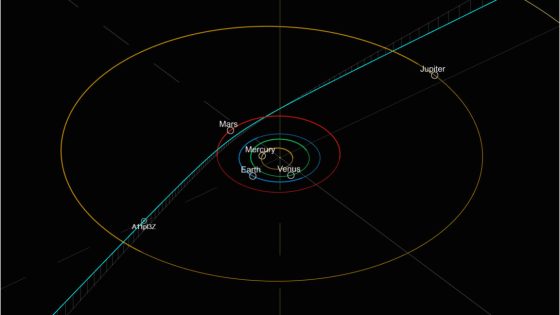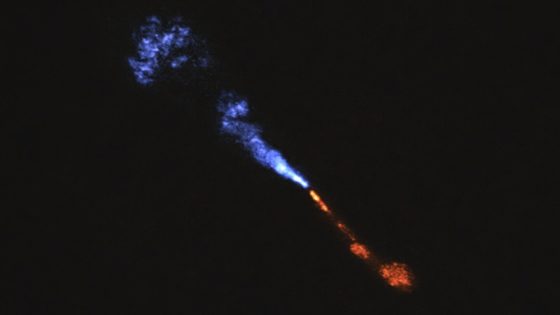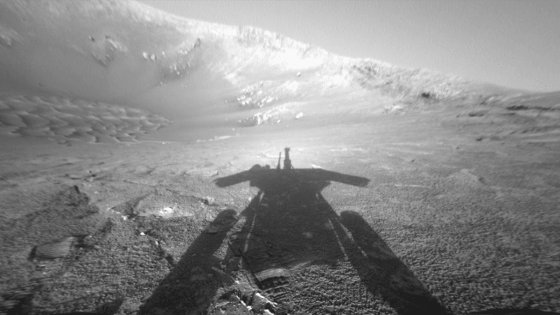In a groundbreaking advancement, researchers at Columbia University have unveiled the concept of “Robot Metabolism,” enabling robots to autonomously grow, heal, and self-improve. This innovative approach could redefine robotics, allowing machines to adapt to their environment much like living organisms. As highlighted on 2025-07-22 14:06:00, this leap forward signifies a shift towards more sustainable and autonomous robotic systems.
- Robot Metabolism enables autonomous growth and healing.
- Truss Links facilitate complex robotic structures.
- Applications include disaster management and space exploration.
- Challenges include programming and ethical considerations.
- Potential for sustainable manufacturing processes.
- Future robots may redefine human-machine interaction.
The integration of machine metabolism into robotics opens exciting possibilities. Imagine robots that can independently manage their physical form and adapt to new challenges without human intervention. This technology could revolutionize disaster management and space exploration, where self-sustaining robots could operate efficiently in hazardous or remote environments.
This development raises intriguing questions about the future of robotics. How will these self-improving machines change our interaction with technology? The potential benefits include:
- Enhanced efficiency in hazardous environments.
- Reduced reliance on human intervention.
- Increased sustainability through recycling components.
- Dynamic adaptability to evolving needs.
As we stand on the brink of this technological revolution, it’s crucial to consider how we can harness these advancements responsibly. Will we embrace a future where machines evolve alongside US, or will we tread carefully in this new landscape?



